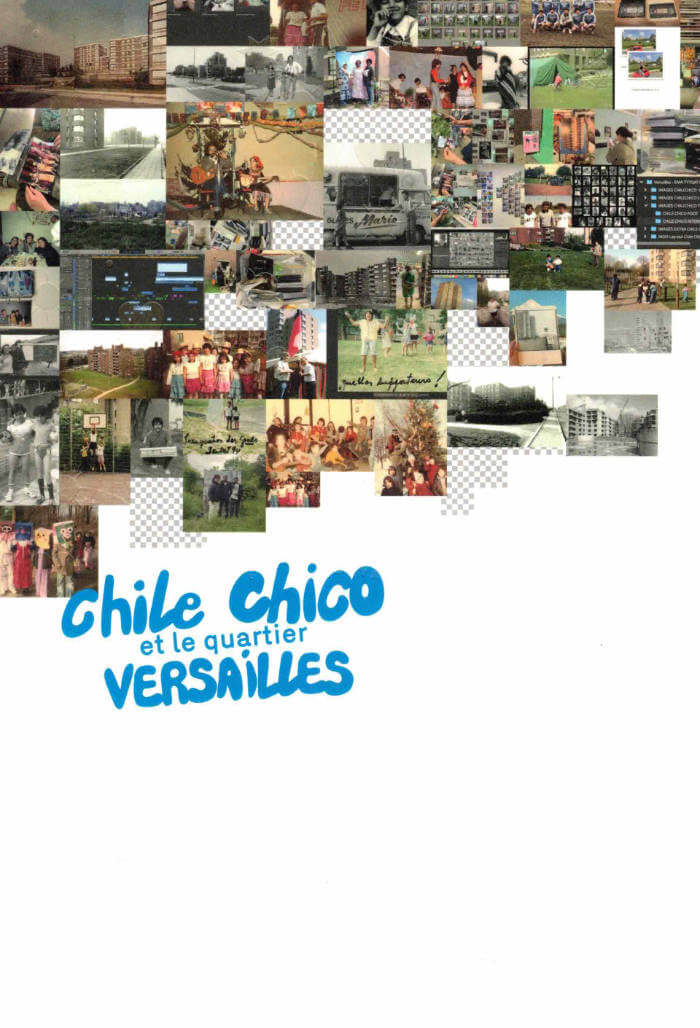
Press & Fold — Notes on making and doing fashion
This Press & Fold issue on Resistance presents conversations, propositions and imaginations of fashion and resistance outside of fashion’s industrial context. For protest and resistance to become effective, it depends on community to generate, support and further it: with this issue we think further on these ideas of protest, activism and resistance in and around fashion, and not only in terms of clothing, and how it is portrayed in (fashion) imagery, but also in terms of how fashion is structured and organized: is fashion only able to thrive within a capitalist structure, or are there other possibilities as well? What ideas, initiatives and structures can be developed for fashion to become inclusive and generous to all participants? What needs to be resisted and what needs to be embraced? In that sense this issue of Press & Fold, as well as the previous issues, is a world-building exercise, and wants to show what we can do without, and what we need to move fashion towards becoming a generous to all participants involved?
— Note from the publisher







